The black sheep: Learning to embrace it
For the last year we’ve been traveling from Los Angeles to New York City, as well as stopping by several great cities in between, telling the start-up story of Shield. Along the journey we’ve met gifted architects and designers who have tons of interesting conversations about the future of design, all while taking in the food and fun along the way. Think: Ted Drew’s ice cream, New York falafels and Cleveland pierogies. (One of the perks of traveling is discovering new places to eat! At least, it is for me.)
We don’t look like everyone else in the industry, and we definitely don’t sound like them either
While learning more about the industry, we discovered something else: We don’t look like everyone else in the manufacturing industry and we definitely don’t sound like them either. As Shield grew, we knew we were doing things a bit different, but before traveling and partnering with firms on large scale projects, we didn’t know exactly HOW different.
What do you do when you’re the black sheep of the manufacturing world?
So, what do you do when you’re the black sheep of the manufacturing world? Embrace it. You can’t change who you are to fit the mold of what is expected. Instead, we learned how to talk about ourselves in an interesting way. We didn’t just want to communicate who we are and why we exist, but wanted firms to know how they can actually partner and work with us. After all, what’s the benefit of being a modern manufacturer if no one knows what to do with you?
Therefore, we’ve created The Manual: a digital magazine that talks through how and why other firms have worked with us. There are real-life case studies, some pretty sweet articles, and a multi-page “How to Work With us” infographic. Everyone likes a good visual to explain things, right? So now, when people look up and say, “That was a really great presentation…but, how do people actually specify you?” we have The Manual to share.
Why your Elevator Pitch Needs an Elevator Pitch
Along our adventure of learning and discovery, we stumbled upon an article entitled, “Your Elevator Pitch Needs an Elevator Pitch.” Traditionally, an “elevator pitch” is a quick summary of your job in about 20 seconds or less (the duration of an elevator). This article suggested that the only way to be successful at this is simple: to have an elevator speech for your elevator speech.
Naturally, this sparked our interest as a new company wanting to share our story. The article explained that the main goal of those 20 seconds is to get an extension of someone’s time. Here is how the author, Jim David, explains how to craft an elevator speech for your elevator speech:
Start with a verbal slap. First thing’s first. You’ve got to break their expectations. Most people answer the “What do you do” question with a single, predictable sentence: “I am an architect.” But the human brain only pays attention to interesting things. If you want to be interesting, you need to stand out. Giving them a verbal slap in the face helps break the patterned thought process that made them ask the question in the first place.
To “wake them up” you probably won’t be able to use my self-deprecating, bodybuilding joke. That’s the point. You’ve got to say something DIFFERENT – something authentic. Something so totally “you” that they are forced to realize that you are a unique human and not just another “normal” interaction that their robot brain can coast them through.
Then ask a problem question. Once you’ve verbally shaken them awake, your next goal is to pose a problem that you suspect they will identify with. This must be spoken as a question. Questions have always been, and always will be, far more engaging than statements. This is one of the most powerful rapport-building strategies there is, besides maybe shared laughter. However, if there is any doubt that I’ve just made a new BFF, I throw in one last rapport builder…
Go to the noddable. A noddable is an inspirational or wise quote that is so catchy and agreeable, it gets just about everyone nodding. People will agree with these so strongly that they may even let an audible, “Mmm!” or an “Amen!” escape their lips. If you want to know if your statement is a noddable, post it as a text image or “meme” on Facebook and see if it produces a response on the like and share buttons, or if the comments below it end with “#truth”.
So at this point, I’ve already broken their expectations and built some strong rapport very quickly – and I still haven’t even answered their question. That’s coming next. Kind of.
Finish with the curiosity statement. This is where you pretend to answer the “what do you do?” question. However, your answer will only want to make them ask another question. Here’s the simple formula for a good curiosity statement:
“I help/teach ________ (ideal client) to ________ (feature) so they can _________ (benefit).
This is What we Sound Like Now:
So, we took his advice and instead of pitching Shield as, “A manufacturing company that builds with solid surface in the healthcare industry,” this is what our conversations sound like now:
“What do you do?”
“Well, you mean, outside of my time dedicated to trying to make #KnockOnSolidSurface to go viral?”
Hopefully people laugh (#KnockOnSolidSurface). Then I continue…
“Well you know how 3D printing has revolutionized manufacturing and is changing the expectation of what can actually be built?”
“There are a lot of designers and architects who have a specific design in mind, but they don’t have the budget, or even the option, to get what they need.”
“Essentially, we have discovered a way to build that allows us to take the concepts of mass customization and build exactly what an architect wants, without charging a “custom” price.”
We learned how to share who we are in a way that is slightly less boring than a “elevator speech”
Notice how I didn’t even mention solid surface? I know that at the end of the day, like-minded people will be interested in this realization of mass customization, and the beauty and function of solid surface will be a conversation that will happen organically.
Outside of learning we are different than many manufacturers, we learned how to share this in a way that is slightly less boring than a typical “elevator speech.” The last thing we all want is to be sold to, and this is coming from a sales person. When you’re being authentic to who you are, which truly comes across, then your pitch is simply a form of sharing relevant information in an interesting way. Can I get a hallejulia?




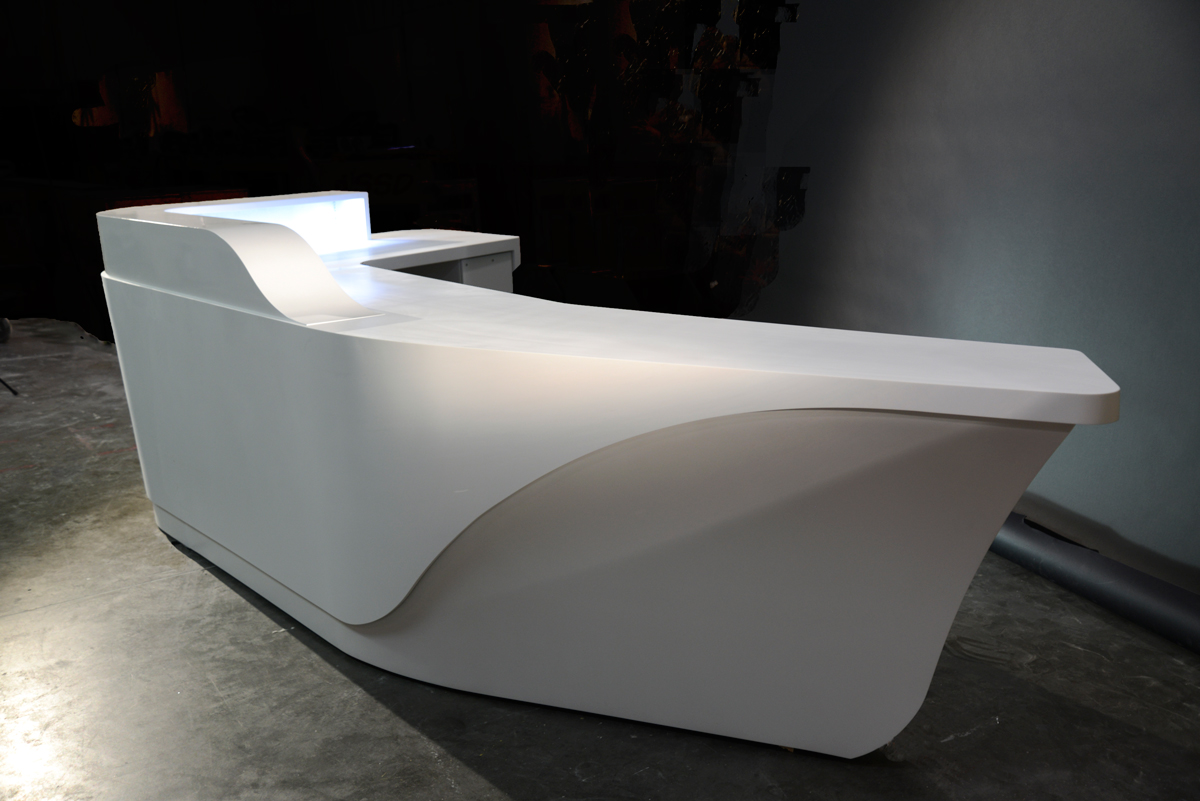
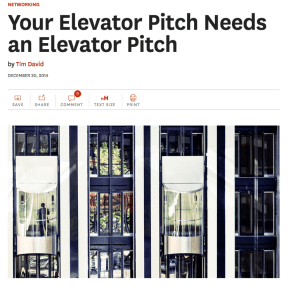
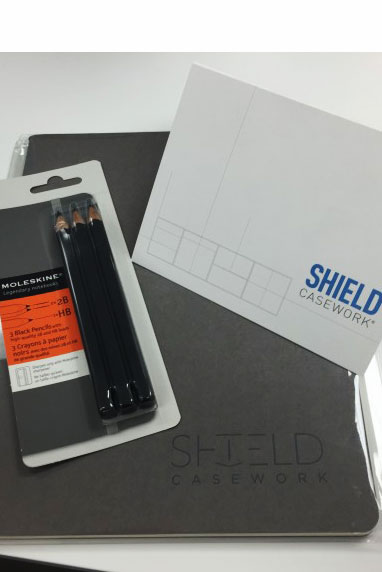

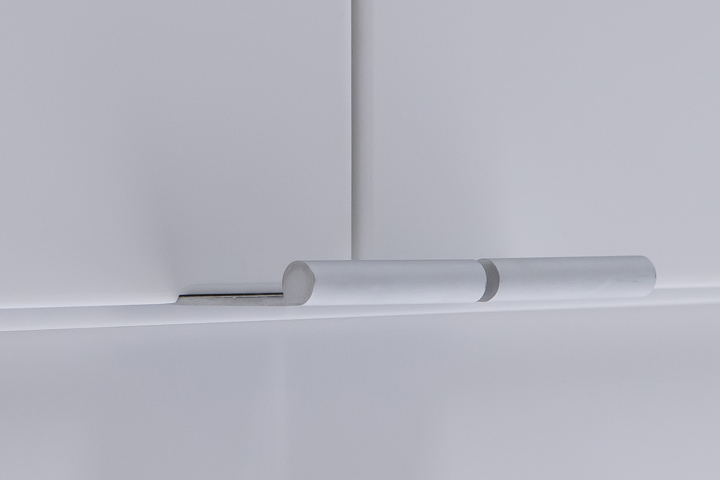
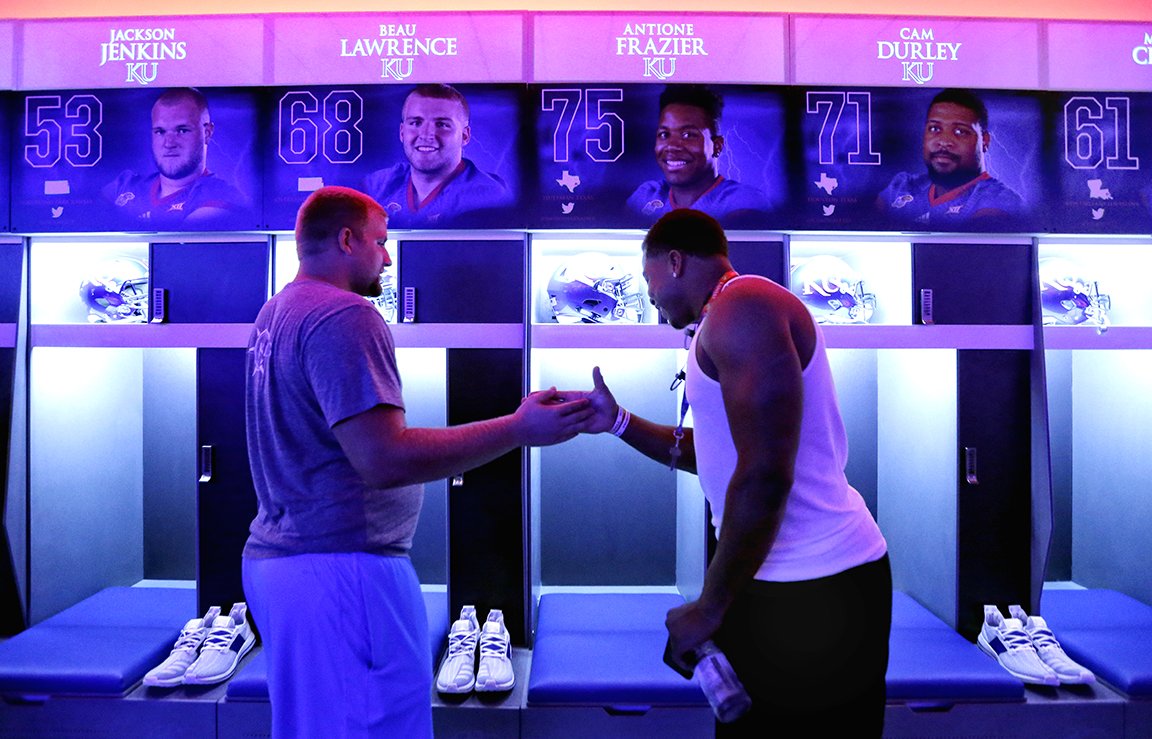
Sorry, the comment form is closed at this time.